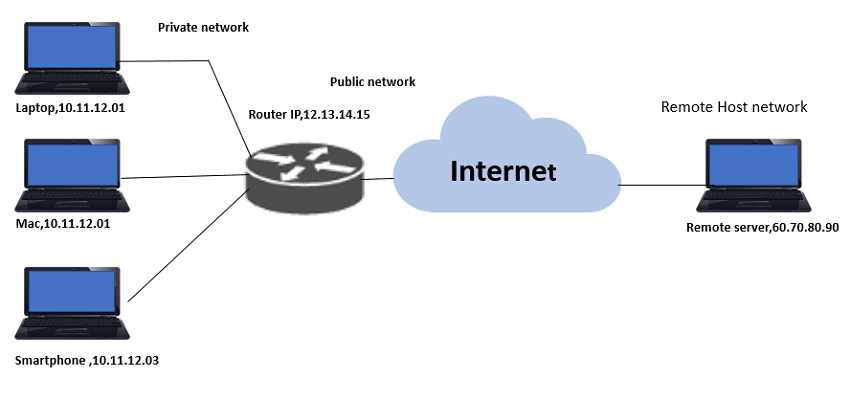Network Address Translation, commonly known as NAT, plays a vital role in modern networking. It allows multiple devices to share a single public IP address, enabling them to access the internet. But with various types of NAT available, which one is the best for your specific needs? In this article, we will delve into the different types of NAT and help you understand which type might be the most suitable for your requirements. This article is organized by Techconnectmagazine.com.
Introduction to NAT
Network Address Translation is a technique used to translate private IP addresses into public IP addresses and vice versa. It acts as a mediator between a local network and the internet, providing an additional layer of security and enabling multiple devices to use a single public IP address. When it comes to NAT, there are different types like full cone vs symmetric nat which can impact the level of security and accessibility.
The Different Types of NAT
- Static NAT (SNAT): Static NAT, also known as one-to-one NAT, involves a direct mapping between a private IP address and a public IP address. This type of NAT is ideal for scenarios where a device within a private network needs to be accessible from the internet. It’s commonly used for web servers or mail servers.
- Dynamic NAT (DNAT): Dynamic NAT allows multiple devices within a private network to share a pool of public IP addresses. The translation of private IPs to public IPs is dynamic and based on the availability of public addresses. DNAT is suitable for organizations with a limited number of public IPs.
- Port Address Translation (PAT): Also referred to as Network Address Port Translation (NAPT), PAT is a widely used NAT type. It allows multiple devices to share a single public IP address by using different source port numbers. PAT enhances security by making it difficult for external entities to predict which port is being used for communication.
- Overloading: Overloading is an advanced form of NAT that combines PAT and dynamic NAT. It allows multiple devices to share a public IP address using different port numbers. Overloading optimizes the use of public IPs, making it an efficient choice for large networks.
You may like to read: How To Transfer Clip Studio Paint Projects From One Computer To Another
Choosing the Right NAT Type
The choice of NAT type depends on the specific requirements of your network and the level of control you need over the translation process. Here are a few factors to consider:
- Security: If security is a top priority and you need direct control over the mapping between private and public IPs, Static NAT might be the best option. It ensures that a specific private IP is always associated with a specific public IP.
- Resource Management: Dynamic NAT is suitable for scenarios where you have limited public IP addresses and want to manage their usage efficiently. It dynamically allocates public IPs as needed, ensuring optimal resource utilization.
- Scalability: For networks that demand scalability and have many internal devices, Port Address Translation (PAT) or Overloading can be effective. They allow multiple devices to share a single public IP, minimizing the depletion of available public addresses.
In conclusion, the choice of NAT type depends on various factors, including security needs, resource management, and scalability requirements. Understanding the different types of NAT and their applications will help you decide on your network infrastructure.
Frequently Asked Questions
Can I change the NAT type after setting up my network?
You can change the NAT type based on your evolving network requirements. However, it might require reconfiguration and testing.
Is NAT a security feature?
While NAT provides an additional layer of security by masking internal IP addresses, it’s not a replacement for dedicated security measures like firewalls.
Can NAT affect internet speed?
Yes, NAT can slightly impact internet speed due to the translation process. However, the impact is usually minimal and not very noticeable.
Can I use multiple NAT types in the same network?
Yes, it’s possible to use multiple NAT types within a network, especially if different network segments have varied requirements.
Is NAT applicable in IPv6 networks?
NAT was primarily introduced to mitigate the shortage of IPv4 addresses. In IPv6 networks, the need for NAT is reduced due to the vast address space available.




